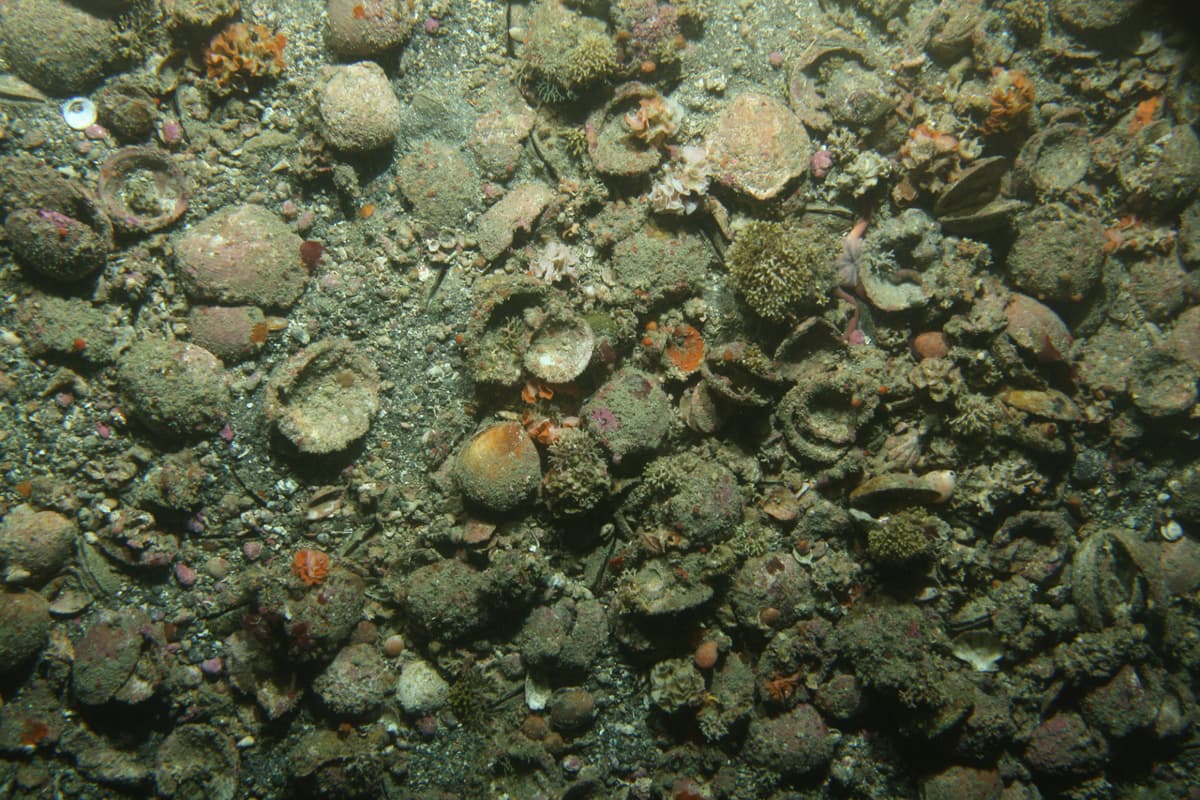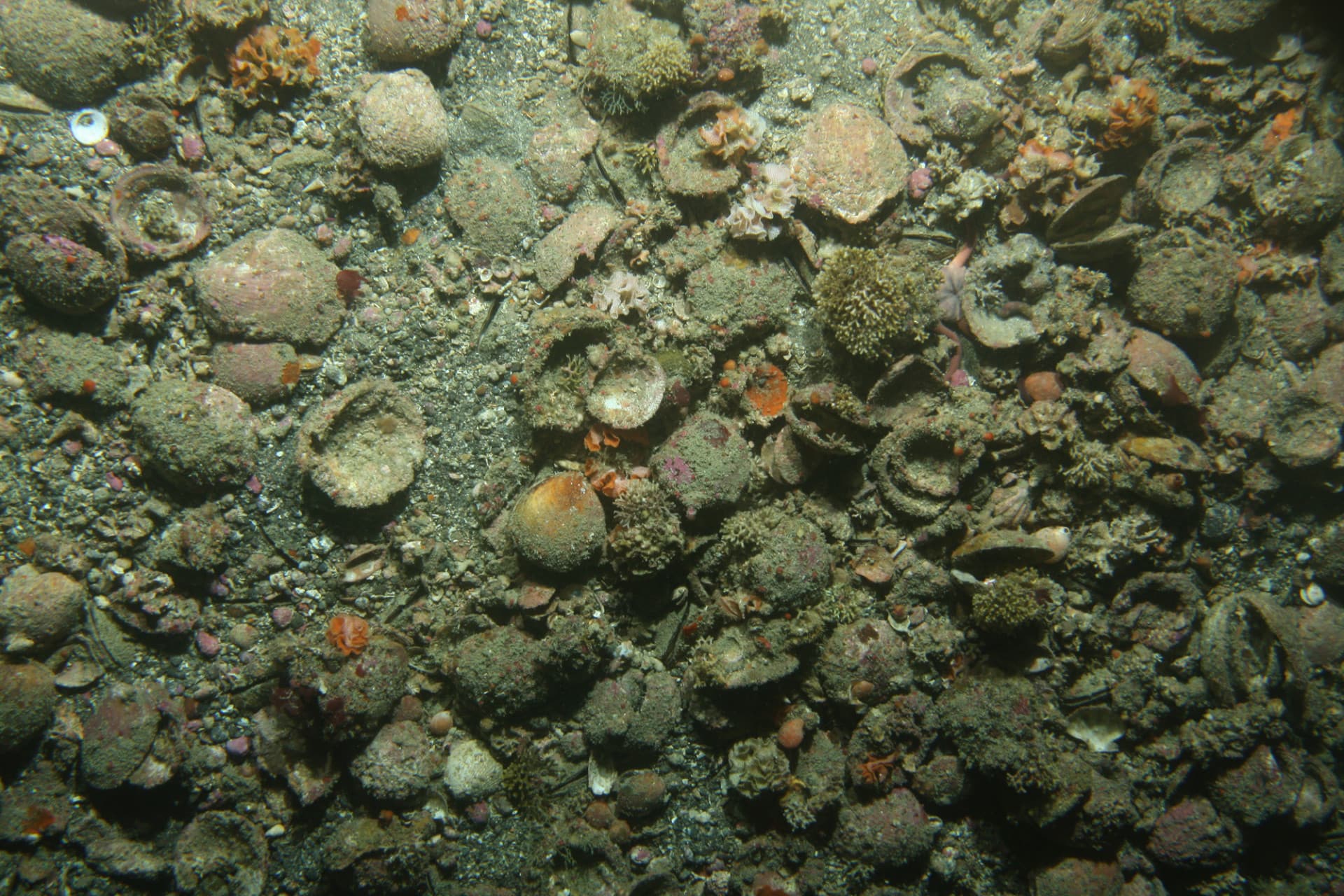Related projects & activities


Posted on Monday 29 July 2019
Attendees from central government, the fishing industry, minerals and mining companies and conservation organisations were updated on the progress of two projects: the recently completed Sustainable Seas project Sediment tolerance and mortality of benthic habitats and a 5-year MBIE-funded resilience of deep-sea benthos to the effects of sedimentation (ROBES), which is ongoing.
The Sustainable Seas team, led by Malcolm Clark, is investigating the effects of suspended sediment from human activities such as mining and fishing on the health and survival of important species located in in the South Taranaki Bight and on the Chatham Rise. The information will be useful for environmental managers and policy makers to mitigate and manage the effects of sedimentation and set acceptable thresholds for sediment loads.
The research project focused on shallower marine species commonly found off shore in the South Taranaki Bight. Dog cockles (Tucetona laticostata) and the sponge (Crella incrustans), were collected and maintained in NIWA’s Marine Environmental Manipulation Facility (MEMF) under different sediment loads. Preliminary results indicate that dog cockles are relatively tolerant of high sediment loads, although sponges showed signs of stress.
The MBIE-funded resilience of deep-sea benthos to the effects of sedimentation (ROBES) project is focusing on deep-sea species, sediment thresholds and recovery, and will be completed in 2021.
